7 Chakra Stones: Meaning and Benefits for Energy Alignment
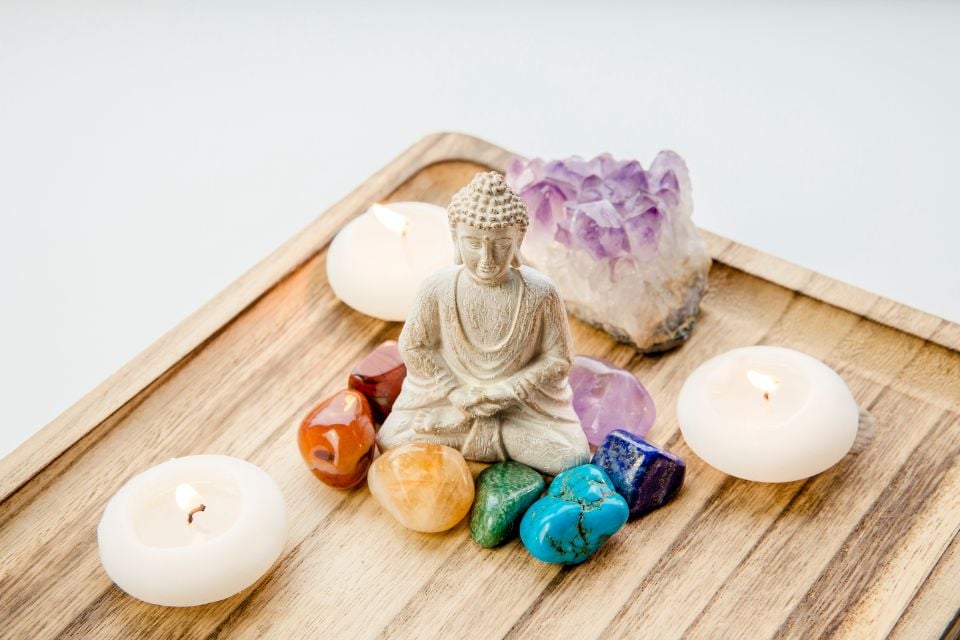
The 7 chakra stones are powerful allies in spiritual practice, each one resonating with a specific energy center in the body. These colorful crystals have been used for centuries to harmonize emotions, awaken intuition, and bring vitality to body and soul.
Rooted in Vedic traditions, the chakra system describes seven primary energy centers running from the base of the spine to the crown of the head. When balanced, they allow energy to flow freely—bringing clarity, peace, and wellbeing. The right stones can support this alignment, working as both physical and energetic anchors.
The Seven Chakra Stones and Their Meanings
Each chakra stone corresponds to one of the seven chakras by color and vibrational frequency. Here’s how they guide healing and transformation.
1. Root Chakra – Red Jasper
Located at the base of the spine, the Root Chakra connects to safety, survival, and grounding. Red Jasper offers stability and courage, helping to dispel fear and reconnect with Earth’s strength.
>> Click Here to Learn More about Stones for the 1st Chakra
2. Sacral Chakra – Carnelian
This chakra governs creativity, pleasure, and sensuality. Carnelian, with its warm orange hue, ignites passion and restores joy in movement and expression.
>> Click Here to Learn More about Stones for the 2nd Chakra
3. Solar Plexus Chakra – Tiger’s Eye
Center of personal power and confidence, the Solar Plexus is activated by Tiger’s Eye, a stone of protection and clarity. It boosts motivation and helps overcome self-doubt.
>> Click Here to Learn More about Stones for the 3rd Chakra
4. Heart Chakra – Green Aventurine
At the core of compassion, the Heart Chakra flourishes with Green Aventurine, a crystal known to attract love, heal emotional wounds, and encourage inner peace.
>> Click Here to Learn More about Stones for the 4th Chakra
5. Throat Chakra – Sodalite
To speak truth and express authentically, the Throat Chakra must be clear. Sodalite enhances communication and intuition while soothing nervous tension.
>> Click Here to Learn More about Stones for the 5th Chakra
6. Third Eye Chakra – Amethyst
This indigo chakra is the seat of intuition and inner vision. Amethyst, revered for centuries, deepens meditation, expands spiritual awareness, and protects against negative energies.
>> Click Here to Learn More about Stones for the 6th Chakra
7. Crown Chakra – Clear Quartz
The Crown Chakra opens the path to divine wisdom and connection with the cosmos. Clear Quartz, the master healer, amplifies intention and aligns all chakras for full energetic flow.
>> Click Here to Learn More about Stones for the 7th Chakra
The Chakras Explained
Get to know everything about all the 7 chakras bellow.

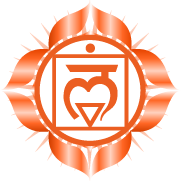
Muladhara
The First Chakra, which is the first of the seven main chakras, is designated by the name of Muladhara (from the Sanskrit mule “root” and adhara “support”). It is also known as radical chakra, root chakra, basal chakra or coxal center.
Read more

Swadhisthana
The Second Chakra of the seven main chakras is designated by the name of Swadhisthana (from the Sanskrit swa, “the proper” and adhisthana “abode”). It is also known as the sacred chakra or sacred center.
Read more
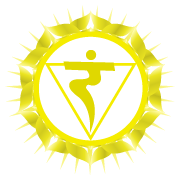
Manipura
An interiorized symbol of solar energy, the third chakra or Manipura is the seat of the Ego and our self. Through it we can affirm our individuality and exercise our free will to build our own life.
Read more
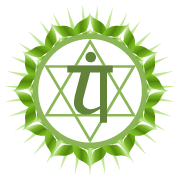
Anahata
The Fourth Chakra of the seven main chakras, is designated by the name of Anahata, which in Sanskrit refers to something that has not been touched, the sound produced by two elements that meet but do not collide. It is also known as heart chakra, cordial center, and unconditional love chakra.
Read more
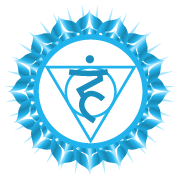
Vishuddha
The fifth chakra is also called throat chakra, or laryngeal chakra. Its Sanskrit name is Vishuddha, meaning “pure”. The problem of the 5th chakra is bound to express its truth in a fair way. This requires that chakras 1 to 4 be well balanced. Located in the throat, between the laryngeal (or nut) prominence and the larynx, Vishuddha represents the link between thoughts and emotions, the way of expressing and communicating.
Read more
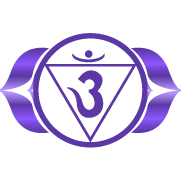
Ajna
The 6th chakra, Ajna, is also called the frontal chakra or 3rd eye. It is the chakra of the inner vision and the extrasensory perception. The 3rd eye allows psychics and therapists to see the aura, to go back into past lives, etc.
Read more
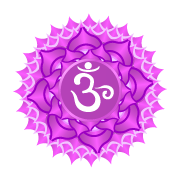
Sanskrit
The seventh chakra is also called Sahasrara, which in Sanskrit language means “multiplied by a thousand”, a clear reference to the lotus of a thousand petals symbol of Illumination. It is the chakra of knowledge, consciousness, intelligence and humility.
Read moreHow to Use the 7 Chakra Stones in Daily Practice
Working with chakra stones is simple yet powerful. Try these methods to activate and balance your chakras:
- Meditation: Hold or place the crystal on its corresponding chakra
- Crystal grids: Arrange all seven stones in a line or circle during rituals
- Jewelry: Wear chakra stones as bracelets or pendants to keep energy flowing
- Sleep rituals: Place stones near your bed or under your pillow for subtle healing
Ancient Energy Meets Modern Healing
The use of 7 chakra stones is supported by centuries of spiritual practice, from Indian Ayurveda to Tibetan healing. While not a substitute for medical care, many practitioners report feelings of relaxation, clarity, and emotional release when using these crystals intentionally.
For deeper insight into chakra balancing, the Deepak Chopra offers helpful resources rooted in yogic tradition.
In a world of constant change, the 7 chakra stones are gentle guides—reminding us to return to the wisdom within, the energy around us, and the sacred rhythm of alignment. When body, mind, and soul vibrate in harmony, everything begins to flow.

